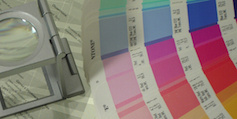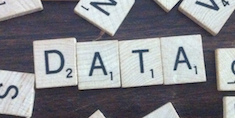
Themes from JupyterCon 2017
This past August was the first JupyterCon—an O’Reilly-sponsored conference around the Jupyter ecosystem, held in NYC. In this post we look at the major themes from the conference, and some top talks from each theme.

This past August was the first JupyterCon—an O’Reilly-sponsored conference around the Jupyter ecosystem, held in NYC. In this post we look at the major themes from the conference, and some top talks from each theme.

A lot of people who are new to data visualization feel that they have to design something novel and amazing in order for it to have impact. But novelty is the icing, not the cake. It is not the core of a what makes a data visualization successful (or not).

Stories are all about relationships, and so are data. It’s not the datapoints, or the nodes, that matter—it’s the edges between them that paint the trendlines and allow us to say something about our future.

Understanding a major problem set and then synthesizing that information into actionable design tasks is the key to turning data into useful visualizations.

Rock ’n’ roll is one of the most popular music genres today, but that wasn’t always the case.

Graphite is a tool that does two things rather well: storing numeric time-series data (metric, value, epoch timestamp), and rendering graphs of this data on demand.